Performance
Contents
Performance Metrics
Latency
response time, execution time, elapsed time
Latency metrics help to describe how long it takes to execute a task.
This metric is good for a fixed amount of work
Throughput
work unit per time
Throughput metrics help to describe how much work can be done in a given period of time
This metric is good for a fixed amount of time.
Ideally we want low latency and high throughput, however in reality this can be hard to achieve
Performance Comparison
When comparing the performance of two designs for a given task, we often compare their execution time.
Given two designs X and Y, if X is
ntimes faster than Y, thenexec(Y)/exec(X) = n
Wheren > 1
Processor Performance
Based on CPU time

The CPI varies from instruction to instruction - hence we calculate the average!
(To do so, we group instructions by the number of cycles needed, etc)


Answer: D

Answer: A, by 1.2x
Execution time = instruction count * CPI * cycle time
Given the same instruction count, machine A is faster than machine B by 1.2x
Impact on Processor Performance
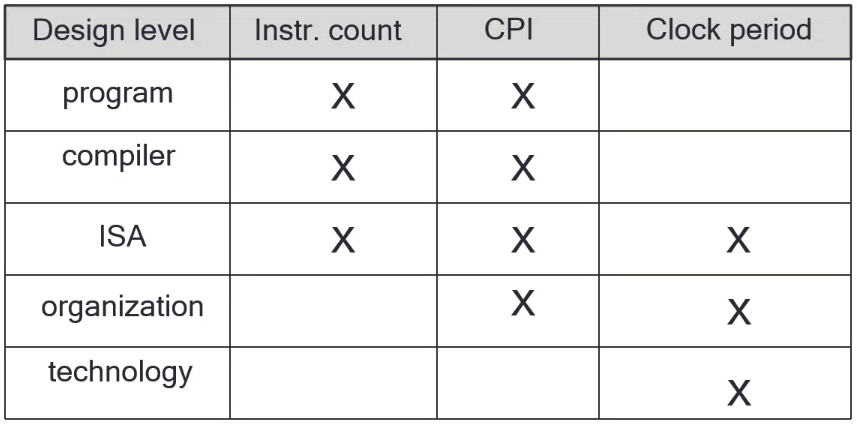
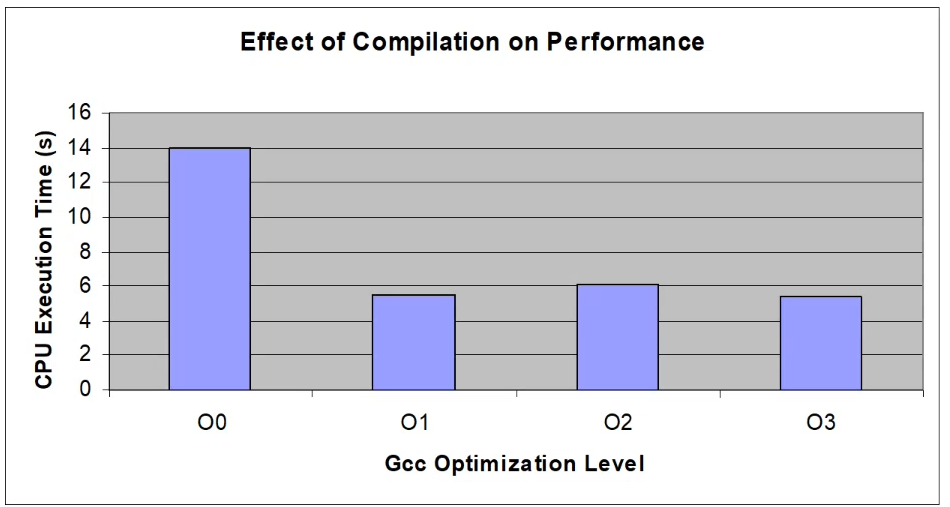
Benchmarkgs
A computer's performance can be best determined by running real applications.
i.e. running compilers, scientific applications, graphing, simulations
SPEC (System Performance Evaluation Cooperative)
- A set of real programs and inputs used by industry
- It is a valuable indicator of performance
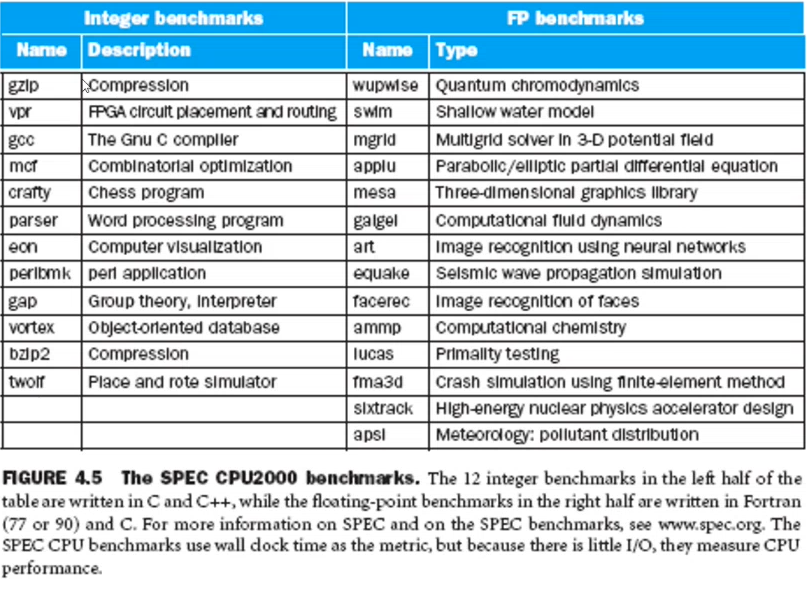
Improving Performance
There are many ways to improve performance!
- Enhance processor organisation to lower CPI and clock cycle time
- Enhance the compilation to reduce instruction count and CPU
"Speedup" Metric
to measure the effectiveness of a design enhancement

Amdahl's Law
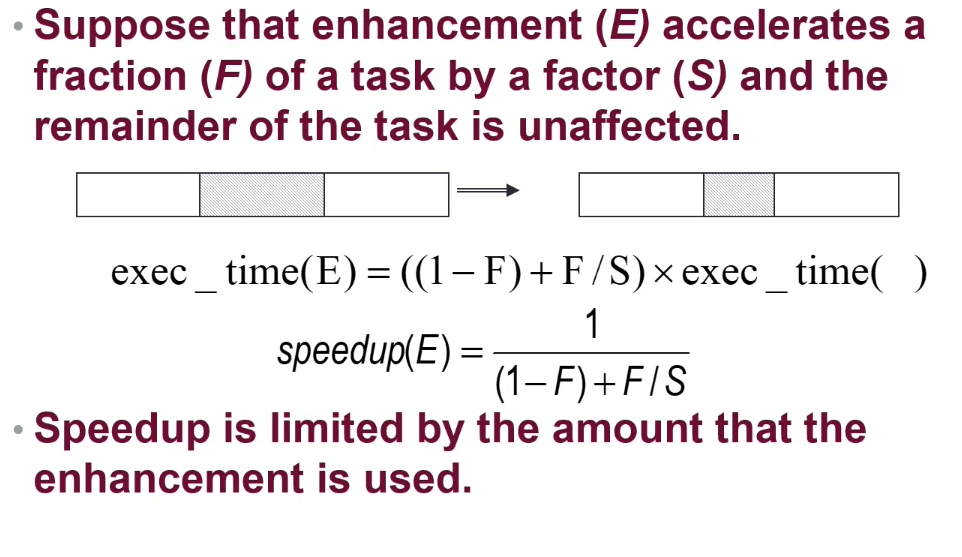
... So (1-F) + F/S = performance(orig) / performance(E) !!!

For the new design to take only 20 seconds (100 / 5 = 20)...
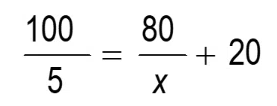
But this is impossible, x -> infinity